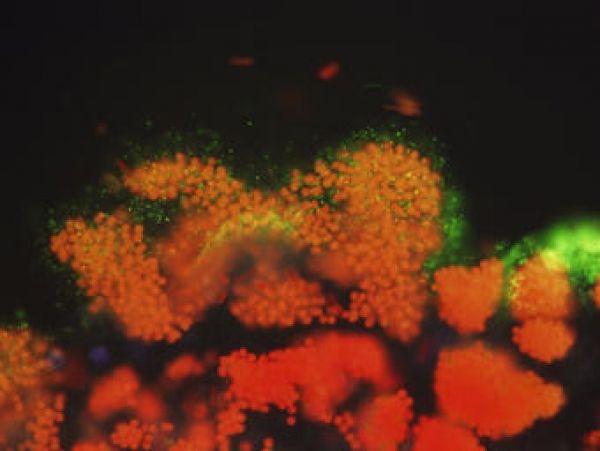A new U.S. Geological Survey laboratory study of two potentially toxic types of freshwater cyanobacteria, or blue-green algae, found that exposure to salty water can damage the cyanobacteria cells’ walls, causing them to release their toxins into the water. The finding suggests that understanding the mixing of fresh and salt water, which takes place in many coastal water bodies around the world, will help researchers understand the toxic effects of these harmful algal blooms.
“Our findings open up the possibility that water managers may eventually be able to help reduce the algal toxins reaching coastal waters by manipulating water salinity,” said USGS biologist Barry H. Rosen, an expert on freshwater algae and the lead author of the study. “This is especially true in places where freshwater flows are managed by a network of pumps and canals. In Holland, for example, water managers are using impoundments as a way to control salinity levels and manage harmful algal blooms.”
The cyanobacteria tested came from Florida’s Lake Okeechobee, where freshwater cyanobacteria have been linked to harmful algal blooms occurring at least as far back as 1986. The naturally-occurring algae can develop into large blooms, fueled by phosphorus and other nutrients from farms and developed lands, and can release toxins that harm wildlife and humans.
The lake is connected by canals to downstream brackish- and saltwater estuaries, such as the Indian River Lagoon on Florida’s southeast coast. A persistent freshwater harmful algal bloom occurred on Lake Okeechobee and the Indian River in 2016, and another one is taking place this year.
Continue reading at USGS.
Image via USGS.


